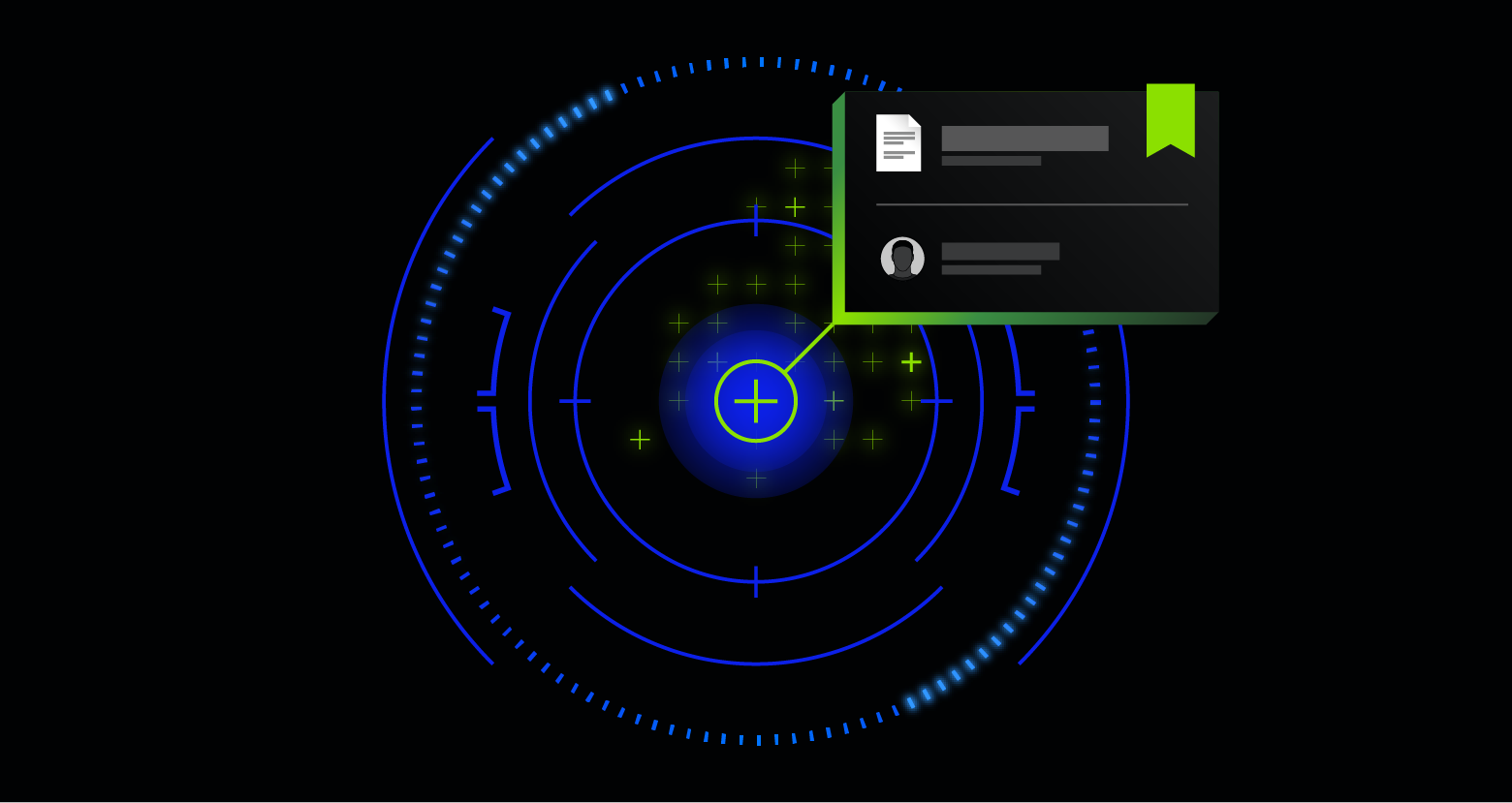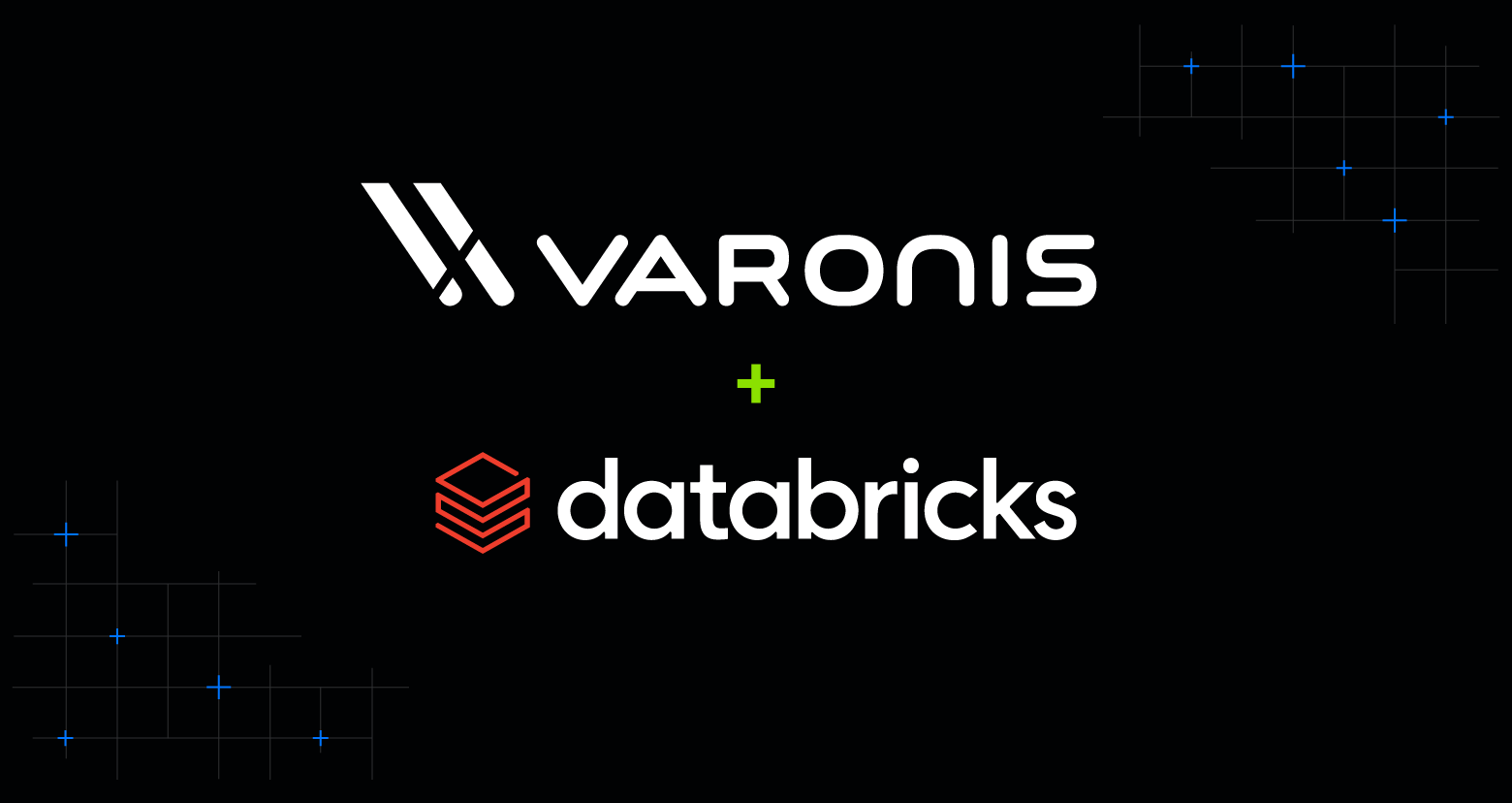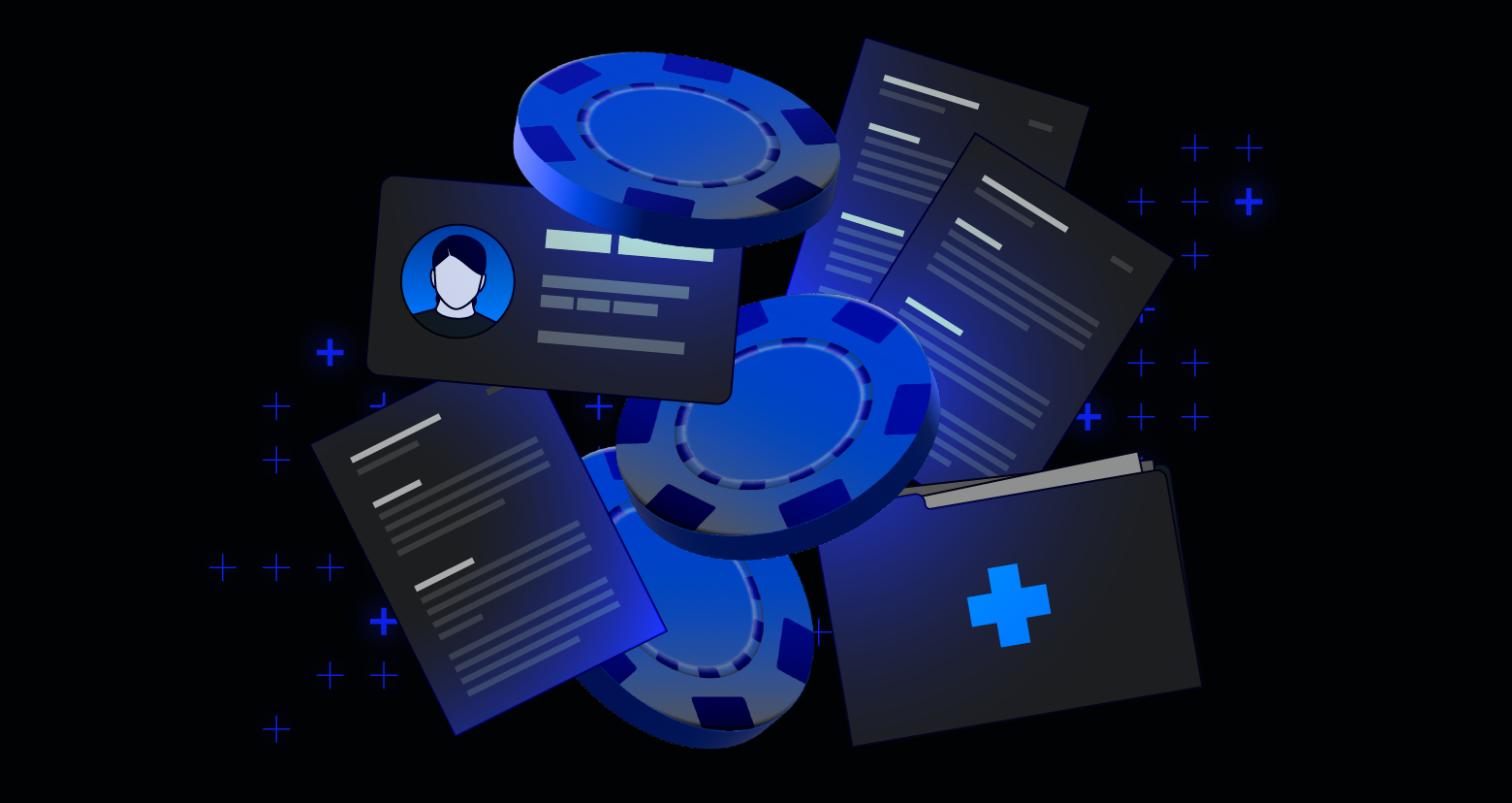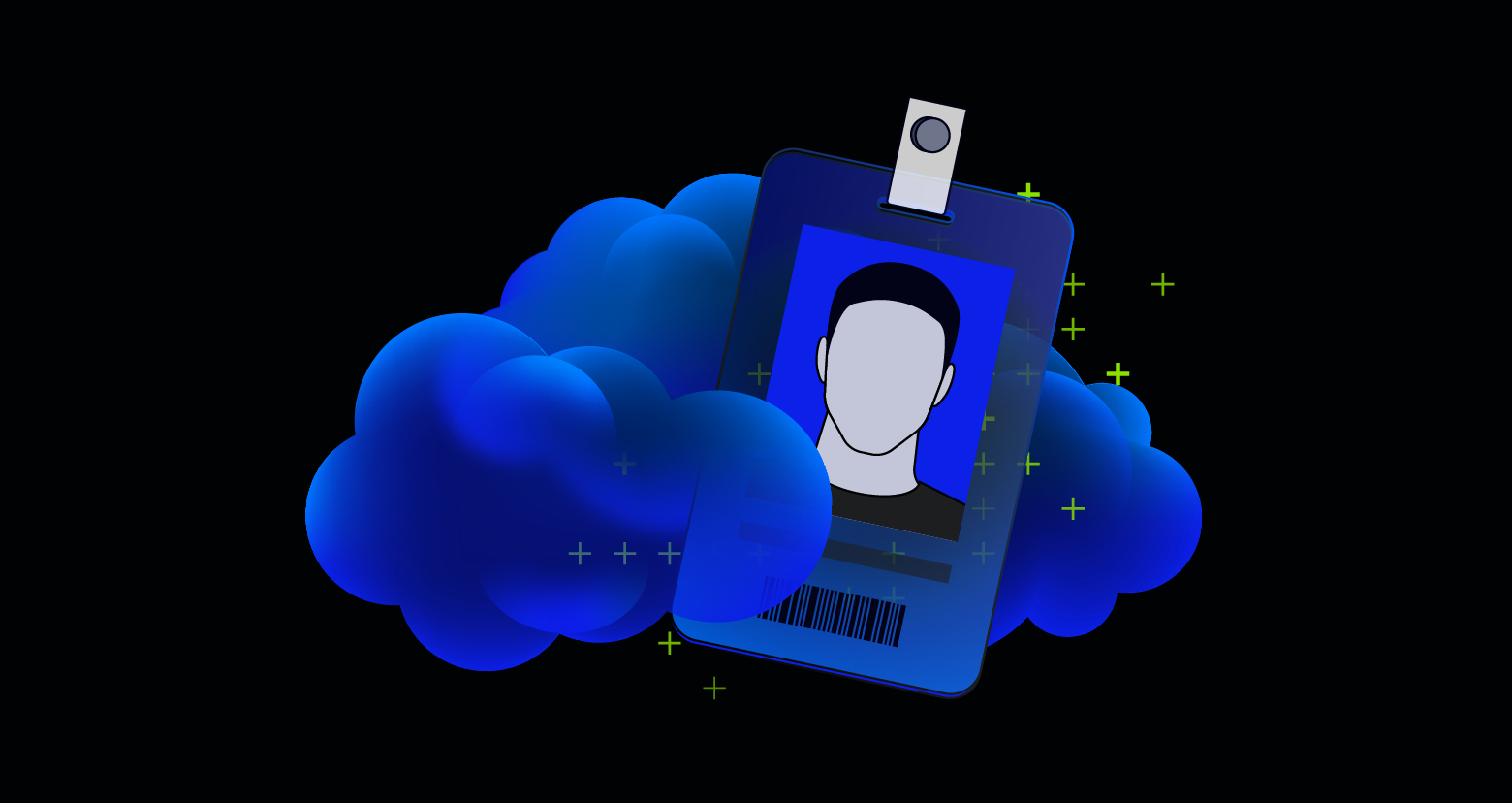What is Data Security Posture Management (DSPM)?
The cloud presents numerous attack and exposure paths, from shadow databases and misconfigured permissions to unsecured passwords and AI training pipelines.
Data security posture management (DSPM) has emerged as a standard solution for protecting sensitive data in the cloud and other environments, preventing data breaches, and meeting compliance requirements. However, there is confusion about what a true DSPM solution is and how to evaluate a DSPM solution successfully.
In this article, you’ll gain a better understanding of DSPM and what it means to protect sensitive data assets in complex cloud environments.
What is DSPM?
According to Gartner, “Data security posture management (DSPM) provides visibility as to where sensitive data is, who has access to that data, how it has been used, and what the security posture of the data stored or application is.”
Although the DSPM acronym is new, the concept is not.
DSPM takes the principles of data security and primarily applies them to cloud environments. Many of the concepts used to secure data on-premises and in applications are the same: data discovery, data access control, and data monitoring.
An effective DSPM solution discovers where sensitive data lives across your entire cloud environment,including IaaS, databases, SaaS applications, and cloud file storage, analyzes the data risks and exposures, and enables cloud, IT, and security teams to efficiently detect threats and close the security gaps.
Cloud security posture management (CSPM) focuses on securing the infrastructure, and data loss prevention (DLP) focuses on sensitive data loss in motion at egress points. DSPM focuses on protecting the data assets themselves and strengthening security posture in order to prevent data breaches.
Why is DSPM important?
Organizations continue to store valuable data assets in increasingly complex cloud environments.
According to Gartner, 80% of enterprises will have adopted multiple public cloud IaaS offerings by 2025. The flexibility and scale offered by these cloud environments also makes it more difficult to secure the data within, leading to a greater risk of data breach.

Major data breaches are increasingly common in SaaS and IaaS.
Data breaches are difficult to prevent in sprawling cloud environments. DSPM solutions aim to secure data and prevent data breaches across IaaS, PaaS, and SaaS. When armed with the right DSPM capabilities, organizations are better prepared to prevent data breaches and meet compliance requirements, like HIPAA, GDPR, CCPA, NIST, and ITAR.
How does DSPM work?

Effective DSPM combines passive and active capabilities.
The end goal of DSPM is to prevent data breaches and stay compliant. To do this, effective DSPM includes two types of capabilities: passive and active.
The passive capabilities are always on, working in the background to provide real-time visibility into the data and its security posture. They include data discovery and classification, and exposure analysis and posture. Active capabilities, on the other hand, intervene–helping teams remediate issues, automate responses, and enforce security policies in real time. They include automated remediation and policy enforcement.
What are DSPM use cases?
Several use cases highlight the need for a DSPM solution, including mergers and acquisitions (M&A), data privacy audits, and cloud migrations:
Mergers and acquisitions (M&A)
DSPM helps organizations securely integrate during M&A by quickly identifying sensitive data, assessing compliance risks, and providing a clear, unified view of data security posture—simplifying the merger process and preventing breaches.
Data privacy audits
DSPM streamlines compliance audits by automatically discovering and classifying sensitive data, assessing potential vulnerabilities, and maintaining detailed audit trails, making it easier to meet privacy regulations like GDPR or CCPA.
Cloud migration
DSPM supports secure cloud migrations by tracking sensitive data, detecting and fixing configuration issues, and providing continuous visibility into the data security posture, protecting data throughout the entire migration process.
The key benefits of DSPM
-
Automatically discover and classify sensitive data in ephemeral cloud environments
-
Analyze exposure and posture to understand data and compliance risks
-
Automatically remediate issues to ensure that data becomes more secure over time
DSPM solutions can automatically scan and discover sensitive data across your environment and classify it based on its sensitivity and type, such as whether it is credentials, PHI, PII, HIPAA, etc.
Some data discovery and classification solutions may be more effective than others, especially in dynamic cloud environments where real-time scanning is essential. Continuous, comprehensive scanning ensures organizations remain aware of their sensitive data at all times. Rather than relying on limited sampling, like scanning only a portion of object stores such as Amazon S3 or Azure Blob, complete and ongoing analysis gives organizations confidence that they're proactively identifying and protecting all sensitive data.
Exposure analysis and posture
DSPM analyzes the data and detects vulnerabilities like misconfigurations, overexposed permissions, and third-party application liability.
To effectively manage data risks, it’s important to clearly map sensitive data against permissions and access activity across platforms, applications, and down to each object. This detailed visibility helps strengthen your security posture and keeps data protected.
Mapping data exposure against compliance frameworks such as CMMC, GDPR, HIPAA, ISO, NIST, PCI, and SOX further enhances your organization's security. It not only ensures compliance but also establishes clear benchmarks for maintaining robust data protection.
Active DSPM capabilities empower IT and security teams to proactively address vulnerabilities, close security gaps, and enhance overall data security. Solutions that include built-in remediation capabilities help you move beyond identifying risks to effectively securing your data.
Remediation
Once security gaps and exposures are identified, DSPM empowers cloud, IT, and security teams to swiftly address and resolve underlying issues.
Quickly remediating risks, such as excessive permissions, misconfigurations, inactive accounts, or overly permissive sharing, is key to maintaining strong security. Automated remediation helps teams resolve these issues efficiently, significantly reducing the time and effort required compared to manual approaches. By automating remediation, organizations not only improve their security posture but also enhance compliance and build a more resilient environment over time.
The role of DSPM in a holistic data strategy
DSPM should be an important part of your data security strategy if your organization is primarily in the cloud. Even for cloud-first organizations, DSPM is only one part of a holistic data strategy.

DSPM is one part of a holistic approach to data security.
In addition to strengthening your data security posture with a DSPM solution, it's critical to proactively detect and respond to threats, especially if your organization operates in highly targeted industries like healthcare, government, manufacturing, or finance.
Effective threat detection involves robust event monitoring and detailed investigative capabilities. These go beyond basic data classification to provide deep visibility into how sensitive data is created, updated, deleted, uploaded, downloaded, and shared. Understanding these data flows is essential to detecting insider threats, ransomware, and advanced persistent threats (APTs), helping you quickly respond and prevent breaches.
Securing sensitive data wherever it resides (cloud, on-premises, email, or AI-driven platforms) is also essential. Any location where data lives can become an attack vector. Emerging technologies, such as generative AI copilots, are increasingly targeted as entry points, making comprehensive visibility and protection more important than ever.
DSPM vs. CSPM
On the surface, DSPM and CSPM might seem similar. While both solutions are designed to protect your organization from cyber threats, they each take a unique approach to achieving that goal.
DSPM ensures that sensitive data is protected wherever it resides, while CSPM focuses on securing the cloud infrastructure of critical business applications by taking a vulnerability-centric approach. CSPM scans and analyzes cloud infrastructure to identify misconfigurations and other security gaps.
CSPM excels at finding infrastructure and network vulnerabilities and misconfigurations, like identifying a vulnerable EC2 instance running unpatched Windows with Log4j. DSPM provides a granular understanding of the data and its exposure. For example, a database snapshot containing sensitive patient data is exposed to a service account with a weak password–making it a prime target for attackers.
CSPM doesn’t provide visibility into the data within. Attacks–such as a threat actor finding an API key in an orphaned snapshot, using social engineering to gain access with legitimate credentials, or an insider copying sensitive data to a personal account—are all exposures that would be missed using CSPM alone. While CSPM is valuable, the only surefire way to prevent a data breach is to know what is happening with the data itself.
DSPM vs. DLP
DLP solutions protect data through techniques such as classification, encryption, monitoring, and policy enforcement, primarily targeting endpoints or cloud perimeters to control data leaving the organization.
In contrast, DSPM enhances the overall security posture by identifying sensitive data, analyzing exposure and potential risks, and proactively closing security gaps—ensuring data remains secure within your environment.
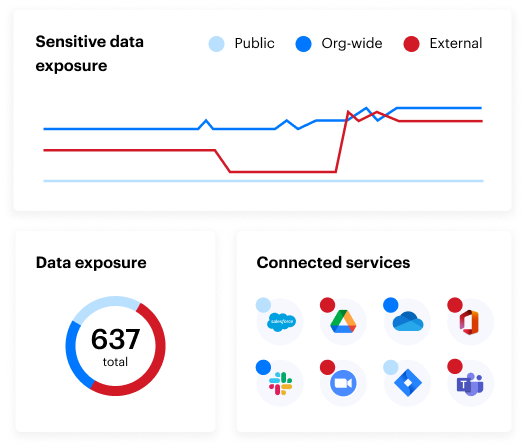
How to evaluate DSPM solutions
1. Run a proof-of-concept (POC)
“My golden rule when evaluating any new technology is to validate claims with a POC. Vendors who refuse to do a POC should raise red flags. Try to do POCs on production systems or sandboxes that mimic your production environment’s scale. For DSPM, test data classification results for false positives.”
2. Ask for a sample data risk assessment
“Ask to see an anonymized risk report from a real customer — not a marketing brochure. This can help you understand if the vendor offers the level of granularity and depth you’re after. Sample reports can help you determine if a POC is worthwhile.”
3. Read real customer reviews
“Be careful judging vendors based on awards and press, many of which are pay-to-play. Look for validated DSPM reviews from trusted sources like Gartner and Forrester. Ask to speak directly to reference customers. Make sure they have customer case studies on their website. You don’t want to be their first big customer.”
How Varonis delivers on DSPM
Varonis is purpose-built to secure enterprise data—wherever it lives. Varonis offers deep, unified coverage across structured, unstructured, and semi-structured data. Beyond just identifying risk, Varonis continuously reduces it through automation, deep context, and real-time response.
Full-stack data protection
Varonis covers structured, unstructured, and semi-structured data across all three DSPM domains: data classification, access intelligence, and risk mitigation. The platform protects sensitive data across hybrid environments and understands the attack paths that lead to it: from Active Directory and Entra ID to VPNs, proxies, and API/OAuth connections.
Context-aware data classification
Varonis provides complete, enterprise-scale data discovery and classification. We scan massive, multi-petabyte environments and contextualize sensitivity with real-time activity and access rights. Our classification remains accurate and current thanks to continuous auditing—eliminating the need for costly rescans or reliance on static file metadata.
Varonis data classification
Varonis data classification
Visibility for better decision-making
With more than 150 patents, Varonis combines rich metadata from eight key sources to answer the most critical data security questions:
- Where is our sensitive data?
- Who has access to it?
- Is it at risk, exposed, or stale?
This depth of insight also powers our ability to automate at scale—revoking unused or risky permissions with confidence that business continuity won’t be disrupted.
Automated remediation, built-in
Varonis continuously remediates risky access, misconfigurations, ghost users, and public or overshared links with out-of-the-box policies that can be tailored to your needs. No manual effort required.
Customize ready-made policies to enable remediation actions automatically in Varonis
Customize ready-made policies to enable remediation actions automatically in Varonis
Real-time threat detection with data-centric UEBA
Varonis gives security teams a complete audit trail of all data activity—across cloud and on-prem environments. Hundreds of expert-built threat models detect abnormal behavior like unusual access patterns, geo-hopping, and suspicious permission changes. Plus, with Managed Data Detection and Response (MDDR), Varonis actively helps you investigate and respond to threats before they escalate.
What should I do now?
- Schedule a demo to see Varonis in action. We'll personalize the session to your org's data security needs and answer any questions.
- See a sample of our Data Risk Assessment and learn the risks that could be lingering in your environment.
- Follow us on LinkedIn, YouTube, and X (Twitter) for insights on all things data security, including DSPM, threat detection, AI security, and more.
DSPM FAQ
What is the goal of DSPM?
While DSPM is often associated with data discovery, its ultimate purpose is to proactively prevent data breaches by securing sensitive data and reducing risk.
Is DSPM focused on infrastructure as a service (IaaS)?
DSPM goes beyond just IaaS. An effective solution provides visibility into where sensitive data resides across your entire cloud environment, including IaaS, SaaS applications, databases, and cloud file storage, ensuring comprehensive protection regardless of where the data lives.
What’s the difference between CSPM and DSPM?
CSPM focuses on securing the cloud infrastructure. DSPM focuses on the security of the data itself by examining sensitivity, access, identity, and activity.
How does DSPM support compliance requirements?
DSPM maps exposures and security posture to relevant compliance frameworks like CMMC, GDPR, and HIPAA. It provides continuous monitoring of sensitive data locations and access controls to maintain ongoing compliance. This is increasingly important as global data privacy regulations become more stringent and penalties increase.
What role does automation play in DSPM?
Automation makes it possible to scale security operations. Manual remediation of a single misconfigured file can take hours. Effective DSPM automatically discovers new sensitive data as it's created and continuously monitors changing permissions. Without automation, organizations cannot realistically keep pace with cloud data sprawl and evolving security threats.
What should I do now?
Below are three ways you can continue your journey to reduce data risk at your company:
Schedule a demo with us to see Varonis in action. We'll personalize the session to your org's data security needs and answer any questions.
See a sample of our Data Risk Assessment and learn the risks that could be lingering in your environment. Varonis' DRA is completely free and offers a clear path to automated remediation.
Follow us on LinkedIn, YouTube, and X (Twitter) for bite-sized insights on all things data security, including DSPM, threat detection, AI security, and more.

